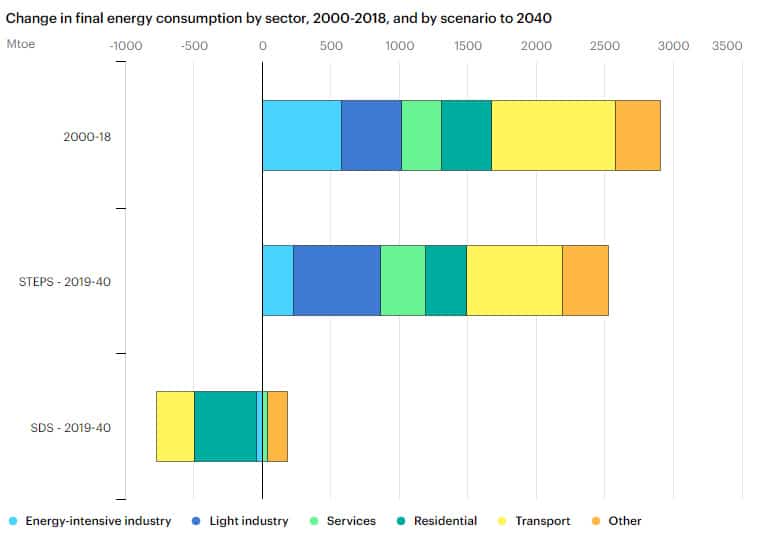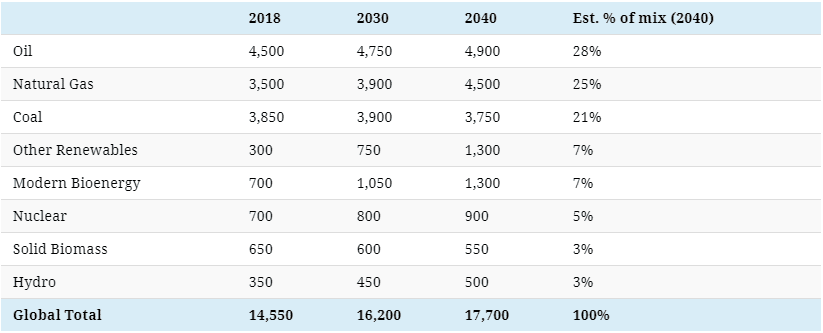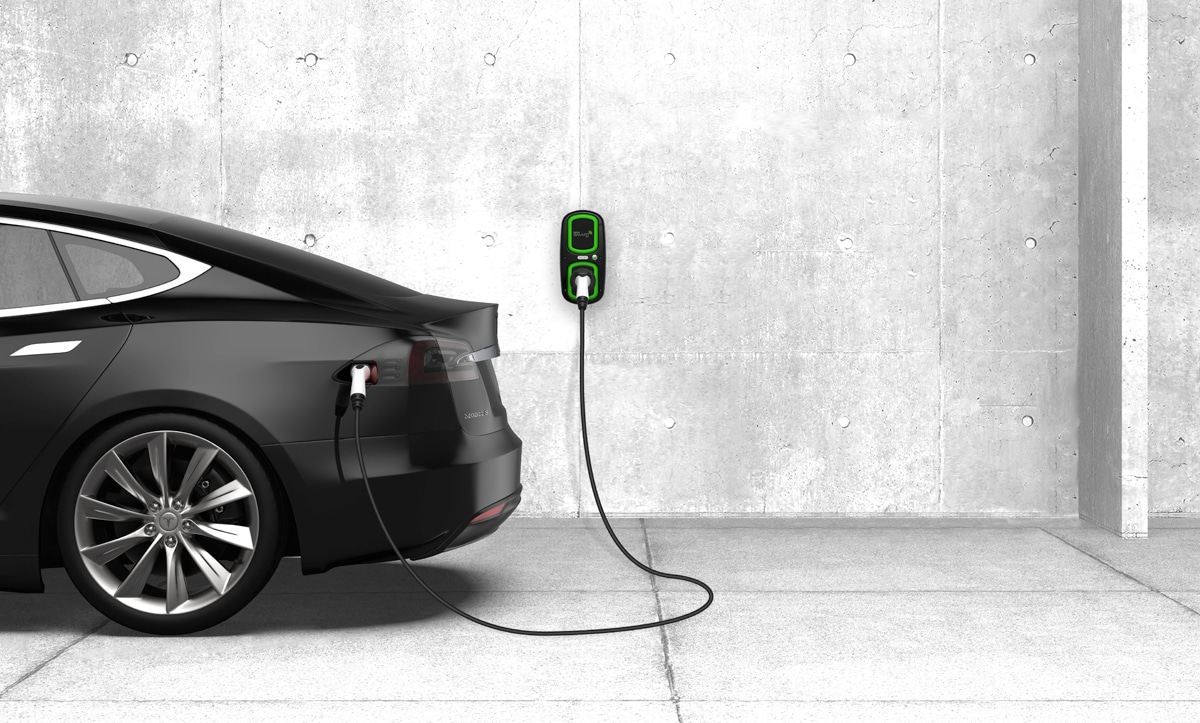The International Energy Agency (IEA) publishes an insightful annual report to examine the World Energy Outlook. Through this report, expert analysis is used to project how the future might look for the global energy market, both in terms of the way energy is produced and the way it is consumed.
As a leading source of strategic insight on the future of energy and energy-related emissions, the World Energy Outlook maps out scenarios based on the latest market data, trends and policies. Together, these are used to create compelling narratives that anticipate how the energy industry might evolve from the present day to 2040.
Two policies with stark differences are outlined in the latest edition of the annual report, shining a light on how our prospects might change depending on which path we take. The course will be set by the choices and consequences of governments, businesses and consumers around the world.
Comparing the policy scenarios
Basing its projections on two main scenarios, the IEA acknowledges how the energy world is marked by a series of significant differences:
- Despite the promise of energy for all, approximately one billion people still do not have access to electricity.
- The need to rapidly cut emissions is backed by scientific evidence, but high concentrations of greenhouse gasses remain.
- The potential of fast, renewable energy is struggling to compete with the reality of a stubborn reliance on fossil fuels.
- Finally, the disparity between calm, well-supplied energy markets and those with unease, uncertainties and geopolitical tensions.
Whilst not intended as technical forecasts, the scenarios show two possible futures based on action or inaction.
Scenario one: Stated Policies
This reflects the possible impact of maintaining the existing public policy frameworks.
In this scenario, the energy demand rises by 1.3% each year from present-day to 2040, creating: “a relentless upward march in energy-related emissions.”
Energy use data for the Stated Policies scenario
Note: Data is based on CAPP conversion estimates, and is rounded to nearest 50 Mtoe.
Making up 28 per cent of the global energy mix, oil is the largest energy source in 2040 within this scenario, followed by natural gas with 25 per cent share of the supply.
Despite the decrease in coal consumption seen in Western markets, growing demand in Asia causes coal usage to remain level between 2018 and 2040.
Scenario two: Sustainable Development
This outlines how a transformation of the global energy system can align with components of the United Nations’ Sustainable Development Goals (SDGs).
The IEA’s Sustainable Development scenario paints a different picture. Here, a substantial increase in the capacity of renewable energy is required to meet the needs of our projected electricity consumption.
Solar, wind, geothermal and hydropower combined must increase by 8,000 TWh. More than half of this is required in Asia alone.
Energy use data for the Sustainable Development scenario
In this scenario, the world’s reliance on fossil fuels would vastly decrease, with coal consumption declining by 60 per cent, oil consumption dropping by 30 per cent and natural gas remaining level.
Some of the contributing factors for this to be achieved are outlined in the report:
- Battery costs decline.
- Low-carbon hydrogen blended into supply networks.
- Cost-competitive offshore wind projects attract investment.
- Expansion of wind and solar energy generation.
- Further technological innovations for renewable energy generation.
- Coal-fired plants repurposed or retired.
These ambitious outcomes would be transformational for the environment whilst still providing the world’s citizens with the power they need to flourish.
Creating the future you want
Acting as upper and lower baselines for what the future may hold, both scenarios outlined in the report demonstrate extremes at either end of the spectrum. However, both are genuine possibilities, as are a myriad of hybrid scenarios in between.
We have limited capacity to make differences as individuals, but major changes can happen when individuals act together as civil societies and, critically, with companies and investors to pursue the same goals.
Most important of all, the future sits in the hands of our governments. In the report, the IEA writes: “Meeting rising demand for energy services, including universal access, while cutting emissions is a formidable task: all can help, but governments must take the lead.”
The report lobbies for decision-makers, investors, governments and corporations to adopt an evidence-based approach and asks them, in no uncertain terms, to take responsibility for their choices. The outcomes of which will have long-lasting implications.






